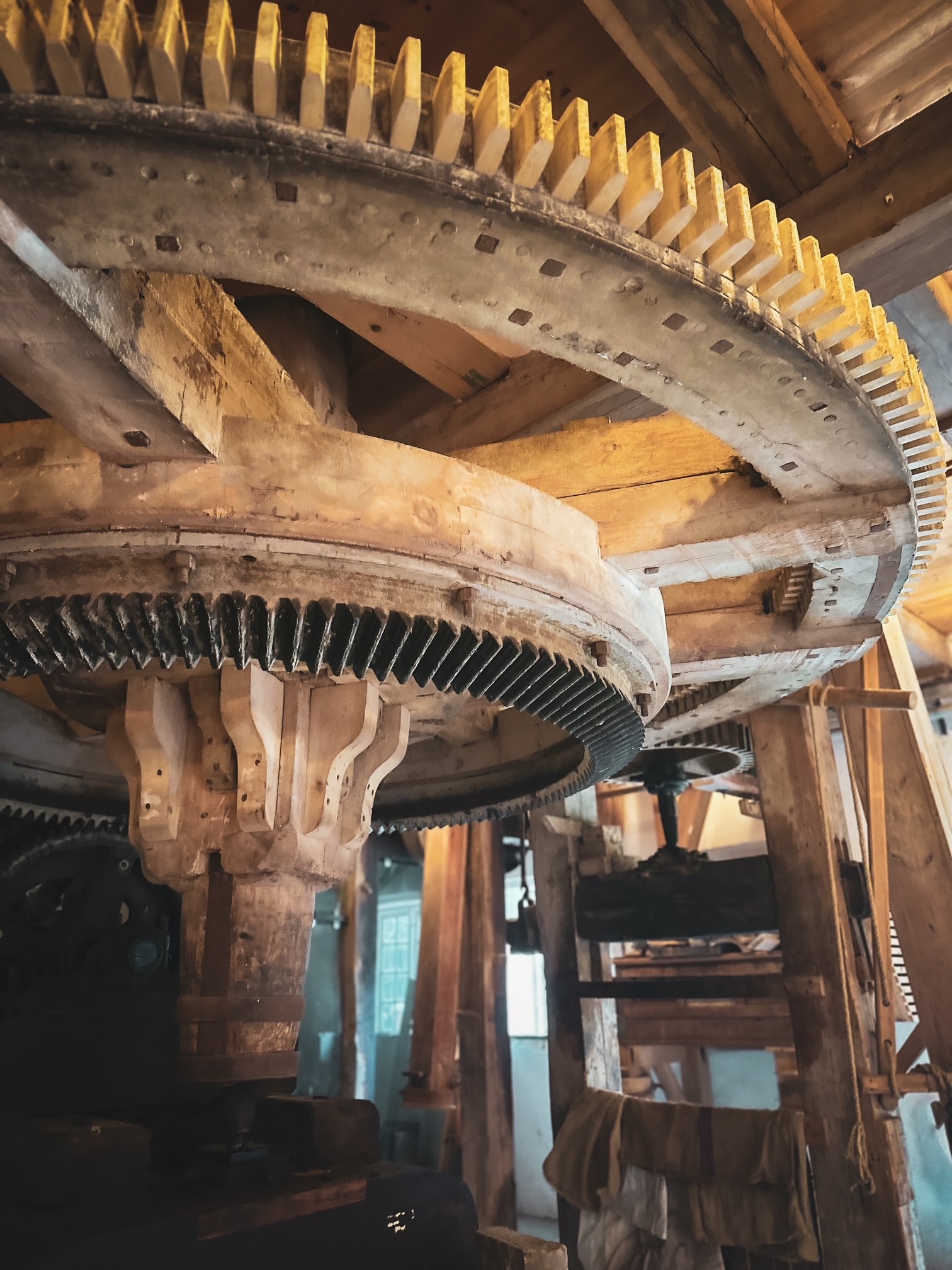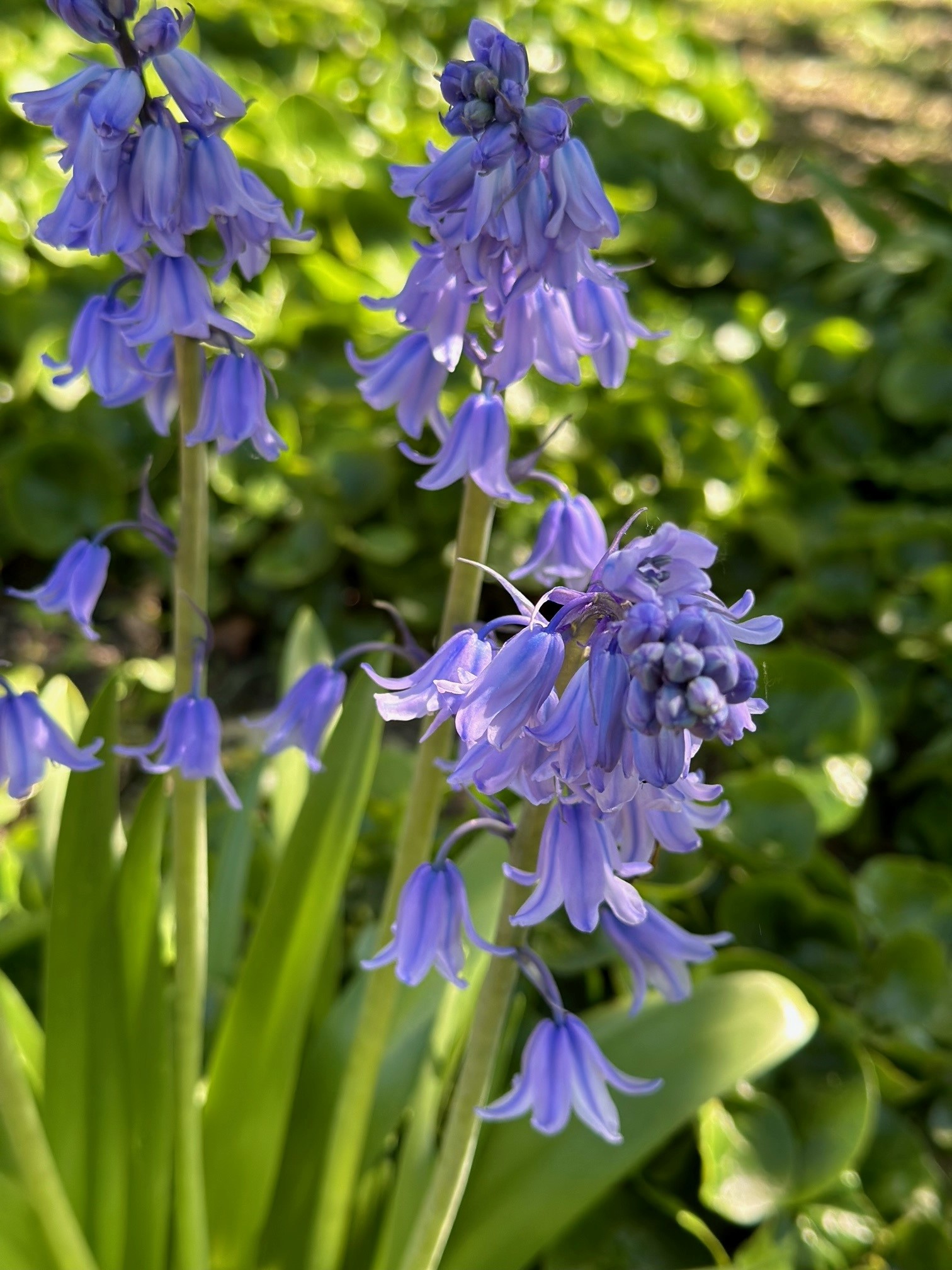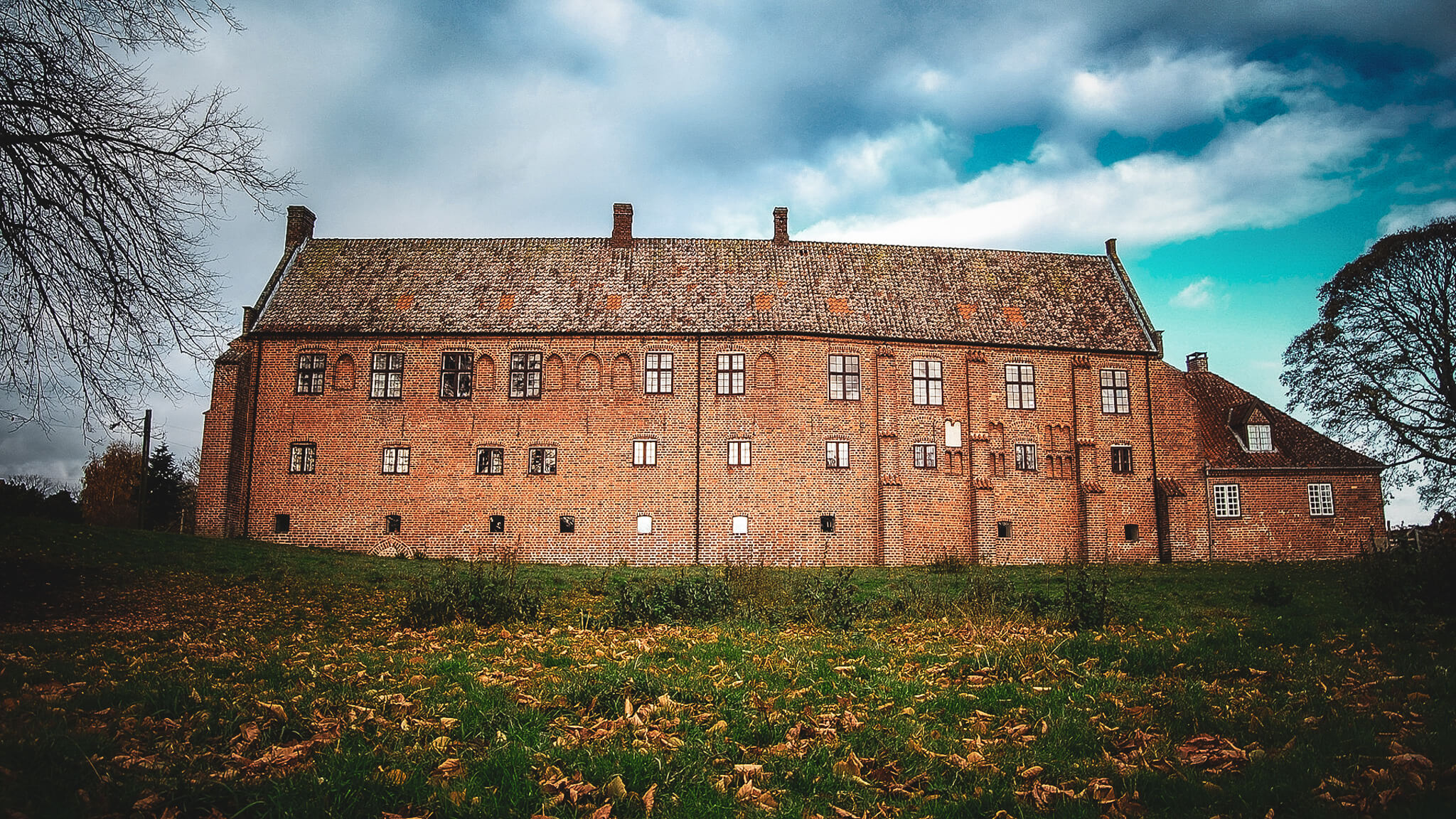At ‘Taste the Monastery Garden’ you will taste, sense and learn about the monastery garden. The many plants, fruits and herbs in the garden each had their own function in the heyday of the monastery, and we tell you how the monks used them both in the kitchen and in their nursing.
You’ll taste the herbs in the garden as well as beer, jams and other products produced in living monasteries in Europe by nuns and monks who carry on ancient crafts and traditional recipes. You’ll learn what healing effects the plants had according to the monks’ beliefs and get a lot of stories with a twinkle in your eye.









